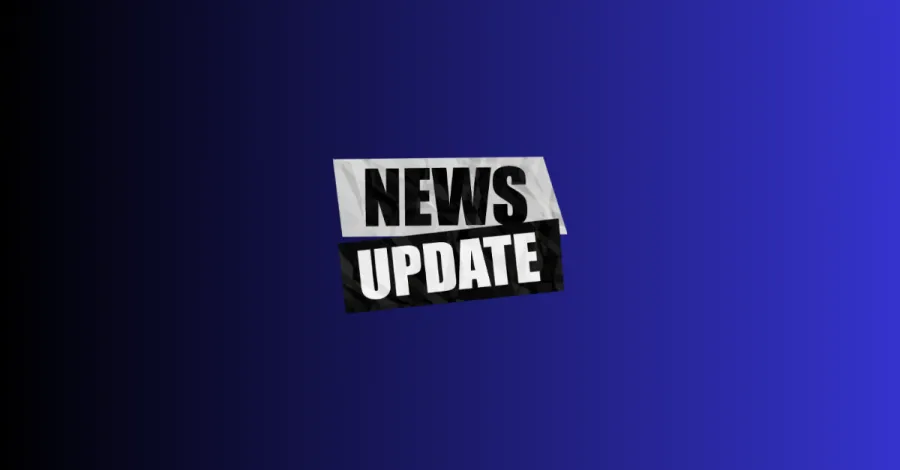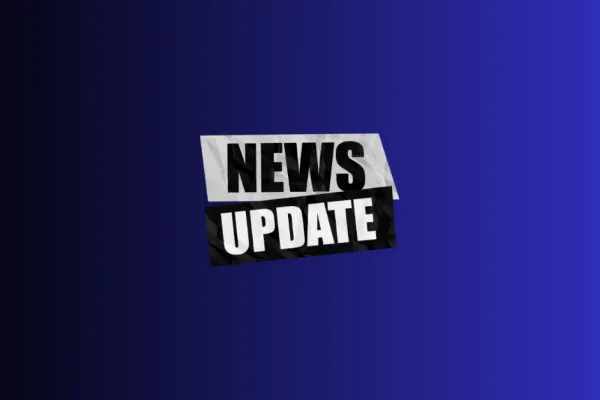Speed Matters Economist Ken Peres Discusses Broadband Adoption and Availability

Last week, BroadbandTV.com hosted a panel of broadband experts for a show entitled "Spurring Broadband Adoption and Use." The program included an interview of FCC Commissioner Mignon Clyburn and a panel that included CWA's own economist Dr. Kenneth Peres and Vice President of the US Broadband Coalition, Nicol Turner-Lee VP of Joint Center for Political and Economic Studies, Karen Peltz Strauss Deputy Bureau Chief of FCCs Consumer and Governmental Affairs Bureau, John Windhausen Coordinator of Schools, Health and Libraries Broadband Coalition, and Emy Tseng, program and grant officer for Sustainable Broadband Adoption grants at the NTIA.
Dr. Peres stressed that we should be supporting policies that would ensure that everyone in the country has the ability to obtain and use broadband. Without that guarantee, broadband access will only be available to a select portion of the population. Dr. Peres warned that without concerted efforts to connect everyone, we could end up with a society separated into digital gated communities — and the costs of exclusion would compound over time.
The panel delineated two major obstacles to making broadband universally available and used. First, there is a simple lack of availability. This was not the primary focus of the panel, but due to the economic climate there is currently a lack of government funding. By and large, investment in broadband infrastructure is by the private sector, and we should be careful to direct scarce public funds specifically to those areas that are not being served by existing networks. Unfortunately, Dr. Peres said, a number of broadband grants were provided for building networks in areas that already have private sector networks. We cannot afford to spend millions of dollars to duplicate existing networks instead we should concentrate money and efforts to build networks to un-served regions of the country.
The focus of the panel was on the lack of adoption and use. In the United States, there are currently 93 million people who can, but who do not, subscribe to the Internet. Adoption rates are lower for those in rural areas, for lower-income people, for people of color, for seniors and for people with disabilities. When asked what obstacles keep non-adopters from subscribing to the Internet, for some people it is a simple lack of availability. But for others, some do not see the relevance of the Internet to their lives, some cannot afford broadband access and some do not have the digital literacy necessary to take advantage of the tools broadband provides.
The panel offered some suggestions that might help people overcome these obstacles. In terms of digital literacy, 60% of non-internet users stated they need help to get & stay online. CWA strongly supports the creation of a digital literacy corps, so that people can learn digital literacy from members of their own community. When it comes to affordability, the National Broadband Plan recommends transforming the LifeLine and LinkUp programs in the Universal Service Fund to give some price relief to those users who would need it most. And in terms of relevance, the panel recommended supporting efforts to expand the reach of broadband so it addresses peoples' concerns with health, safety, education or any number of like areas.
Broadband Brigade members turn out to protect good, union jobs and reliable broadband service
CWA condemns Trump NTIA changes to BEAD funding policies

